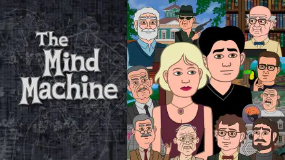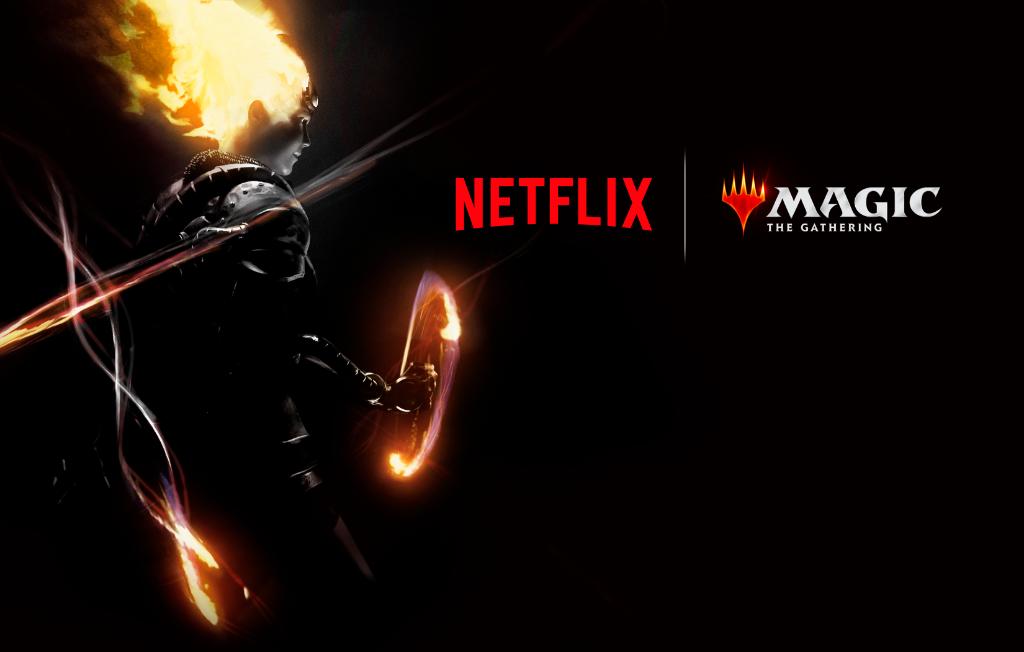Season Review: Central Park Season Two (First Eight Episodes)
Overview:
Central Park returns for a second season of cozy comedy as the Tillerman family continue to establish themselves as the quirkiest and kindest family that happens to live in a major national park. The members of the family all make strong cases for why the unique mosaic that is Central Park is worthy of preservation and celebration, but their passion also extends beyond the park’s grassy boundaries as they grow as a family, as well as individuals. The personal lives and emotional crises that get under the Tillerman family’s skin test them all in new ways, yet their unique enthusiasm towards life’s simple luxuries guarantees that Central Park doesn’t lose any magic in its sophomore season.
Our Take:
Optimism is underrated and it’s been a year where there’s never been more of a need for uplifting, positive storytelling with lovable characters. Animated series have grown increasingly cynical, but they are hardly devoid of optimism. However, it’s extremely rare that they function as healing beams of light in the way that Central Park operates. Central Park is a B-12 shot of positivity that conjures infectious, passionate energy that’s impossible to deny. Central Park has the power to transform despair into pure joy and its second season is even more of the burst of hope that the world needs right now.
Musical comedies have the ability to turn the mundane into the extraordinary and the joys of Central Park grow out of the series’ simple appreciation towards everyday life, communities, and the little details that make neighborhoods specific and special. The way in which Central Park’s music celebrates the ordinary also carries over to society’s unsung heroes and musical numbers proudly explore topics like the importance of bartenders or the nature of motherhood. However, Central Park also isn’t afraid to delve into bigger topics that consume the entire cast, both as individuals and as a collective. There’s an impressive layered nature to the storytelling in episodes where plots naturally dovetail together.
Most of these events still take place in Central Park, which remains the show’s hub, but there’s a growing focus on the rest of New York City and how each neighborhood is its own “Central Park” in its own way. The series carefully morphs into a larger celebration of New York City in general, warts and all, which is beautiful. There’s a very sweet energy that permeates through Central Park, but despite this positivity there are still moments that tap into a heavy malaise, which helps present a level of stark realism that effectively contrasts over the musical veneer. There are some surprisingly dark gags around things like Natalie Wood’s death, The Warriors, or a rollercoaster that’s named Euthanasia, which hit harder in juxtaposition to Central Park’s sweetness.
Central Park slowly approaches more adult scenarios in a similar manner, too. The Tillerman children reach certain puberty milestones this season, which gets presented through the series’ magical point of view, but still allows grounded realism to take over so that these children aren’t just lost in fantasy. Similarly, there are a few more stylistic leaps that are taken in season two, particularly with Molly’s hair-based superhero, Fista-Puffs. Season two allows this exaggerated story to transform into a touching parable about the creative process, representation, and how to be authentic to yourself rather than getting reduced to a passive stereotype. The fact that this thoughtful discussion stems from silly superhero digressions, and through song, is especially impressive and a testament to the unique healing ability of Central Park. There was a lot of press last year over Kristen Bell’s departure from the series in favor of more appropriate representation for Molly. Emmy Raver-Lampman excels in the role and the voices are so similar that at times it’s hard to tell that Bell no longer voices the character. Those that were concerned over this change should have nothing to worry about.
Central Park’s cast gets to grow in important ways this season, but Paige, the mother, still feels like the weakest of the characters and she’s given the least amount of focus. This doesn’t mean that Paige’s ignored and she still gets her own storylines, but she remains a weak link that carries over from the first season that’s not necessarily improved upon. Alternatively, Central Park makes Bitsy and her crew a more justified and natural element to the series. Bitsy may technically be the villain, but season two builds more empathy for her in a manner that’s akin to how musicals empathize with villainous figures, who are inevitably misunderstood. It’s an appropriate transition for this season to make.
Central Park engages in fun, off-kilter storylines with well-defined characters, but there’s still such glory and excitement that’s generated around the very nature of music and rhyme structure. This is a show that’s surrounded with music, but there’s obvious glee behind every song rather than the musical numbers feeling like a quota that the episodes need to meet. The singing is more polished and essential to the storytelling this time around. There’s a true Broadway quality to it all as different songs experiment with every musical genre, yet also perfectly lampoon and subvert their conventions. There is repeatedly excellent use of reprises where songs evolve along with the characters and plot.
At the same time, those that found themselves overwhelmed by Central Park’s musical nature back in season one will likely feel even more alienated during season two. The tail-end of these eight episodes tone it down a little with the songs, but they’re still a foundational aspect of the series that becomes even more integral to the season’s storylines. Central Park’s songs are not going anywhere and music is intrinsically a part of the show in the same way that comedy is. Don’t expect anything different in this season.
Bento Box Entertainment, the animation company behind Bob’s Burgers, Central Park, The Great North, and many more titles, has accrued some warranted criticism over the standardized look to all of their animated series, to the point where many of them even feel interchangeable. The look of Central Park hasn’t changed in any radical capacity in the show’s second season and those that were perturbed with its character models will likely still be frustrated. That being said, Central Park is far from lazy and there are plenty of moments where the intense effort that goes into the show’s look and animation becomes clear. Central Park is a series that revolves around settings so it’s appropriate that the environments truly come to life and innocuous details like a sunset can add so much flavor to a scene.
These standards moments in Central Park stand out in impressive ways, but the animation becomes even more accomplished and ambitious whenever musical numbers are embraced. All of the stylistic touches that are turned to for a new song deliver exactly how they should. There’s a neon number set during a black out that’s beautiful to watch, even without the catchy tune that drives it forward. Every episode does something special in this regard and these moments of fantastical realism might be enough to make up for some of the more homogenized character designs. Central Park’s music is obviously its selling point, but the animation is slowly becoming more of its secret weapon.
This season of Central Park also directly brushes up against change, even if it doesn’t fully commit to the idea. These episodes tease the prospect of the Tillermans possibly leaving Central Park. This threat seems unlikely due to the series’ title, but the season does its work to flesh out the rest of the city in a way where it’s easy to picture a version of Central Park that temporarily distances itself from its main location in order to push the characters out of their comfort zone and help the show grow. It remains to be seen if Central Park will ever pull the trigger in this department–and it’s still more than likely that it won’t–but it definitely now feels possible. Central Park briefly entertains the idea that its characters actually need the show to progress in this nature in order to help them evolve. It’s compelling territory for the cast that will hopefully needle away at them in brief spurts of anxiety and not just be something that’s entirely dropped.
There are still eight more episodes to Central Park’s second season that are set to drop later this year, but there’s a very comfortable foundation that’s established through these first installments. Much like the Tillerman family themselves, this season of Central Park is only more confident in its voice and it continues to develop the optimistic animated series in a healthy direction. There are still areas in which the characters can further evolve and Central Park should be more willing to take bigger risks and mix up its formula, but these are still exceptional, thoughtful episodes for this early in the show’s run. If the series can maintain this momentum, then Central Park is destined to become a staple of Apple TV+ and one of the most heartfelt animated series of the decade.
Season two of Central Park begins on June 25th, on Apple TV+



























Just cancel this bird already. The chicken is beyond cooked. It's burnt to a crisp.